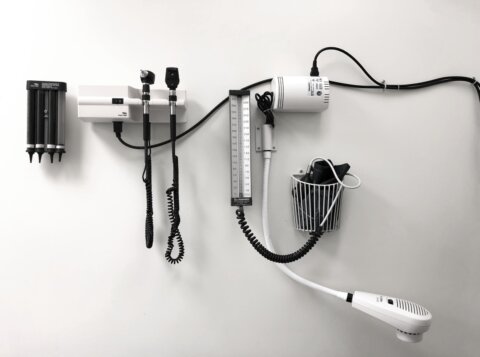Smart Fleet Management: Optimizing Campus Services for Cost Savings, Environmental Impact and Student Value
This is an AArete Higher Education insight
In an era where higher education institutions face intense scrutiny over their budgets and operational efficiency, finding innovative cost-saving strategies is more crucial than ever. This case study unveils how one university embarked on a journey to not only cut costs but also amplify its service offerings, setting a new standard for campus transportation management for an elevated student experience.
Situation
Navigating through financial challenges and service quality enhancement, a prominent private university recognized the need for an independent assessment of its campus fleet. There was a needed assessment spanning the breadth of transportation services, including student shuttles, faculty mobility, and staff vehicles for various departments such as campus police and maintenance. Tasked with this mission, AArete was brought on board to craft inventive solutions aimed at reducing expenses and augmenting service levels, all while aligning with the university’s esteemed values and educational goals.
Approach
AArete engaged closely with the university stakeholders to dissect the total fleet-related expenditures, spanning from regular pickups and maintenance to a myriad of indirect costs that burdened the university’s budget. It became evident that the fleet’s expenses were not justified by its benefits, prompting a strategic overhaul. The approach to enhancing the university’s transportation framework was twofold and centered on innovative partnerships and technological upgrades. Firstly, AArete facilitated a strategic partnership with Lyft to overhaul the university’s evening fleet service. This move was designed to transition from a fixed-schedule system to a dynamic, on-demand model that could offer immediate transportation solutions tailored to the changing needs of the campus population. Secondly, the shuttle service received a comprehensive upgrade, shifting its operational focus to vehicles powered by natural gas. This change not only promised a greener footprint but also aimed to set a new standard in the efficiency and reliability of inter-campus transit.
Results
The outcomes of these strategic approaches were notable. The Lyft collaboration brought a new level of efficiency and responsiveness to the university’s transportation offerings. By replacing the evening fleet with an on-demand service, the university witnessed a drastic reduction in wait times — from roughly 15 minutes down to an average of 3 minutes. This enhanced service delivery model also led to an impressive cost reduction yielding additional value for the University.
Simultaneously, the revamping of the shuttle service with natural gas vehicles significantly cut down the university’s greenhouse gas emissions, marking a substantial step towards achieving its sustainability goals. The modernized fleet not only contributed to a healthier campus environment but also projected the university’s commitment to responsible stewardship of resources.
Opportunities Ahead
As the university looks to the future, the lessons learned, and successes garnered from these initiatives serve as a foundation for further innovations. The possibility of electrifying the police fleet embodies the university’s forward-thinking ethos and its continuous search for opportunities that marry cost efficiency with sustainable practices. This ongoing journey reflects the institution’s dedication to not just meeting but exceeding its environmental responsibilities while simultaneously enhancing campus life and operations. Through these proactive measures, the university is not only navigating the challenges of today but also paving the way for a more sustainable and economically viable tomorrow.
The Big Picture: Unlocking Broader Potential
The strategic advancements achieved in this fleet management case study demonstrate a replicable model of success that can extend well beyond transportation. Universities keen on cultivating an environment of excellence and efficiency can view this as a blueprint for transformation across various service sectors. By adopting similar methodologies, institutions can uncover substantial cost-saving opportunities and service enhancements in areas such as auxiliary enterprises (dining services, parking services, bookstore, managed print and print shop), utilities management, facilities management, campus security, student housing, and more.
This narrative isn’t solely about fleet management—it’s about embracing a culture of innovation and continuous improvement.
As educational institutions seek partners to support their missions, they need allies who not only understand the intricacies of their specific needs but who are also committed to unlocking value in every corner of campus life.
In embracing this framework, universities can confidently move forward, knowing that they have the strategies and support to not just meet but exceed the evolving expectations of their academic communities. It is not merely an investment in operational reform; it’s an investment in the overall student experience and the long-term viability of the institution. With this approach, universities can entrust their multifaceted service needs to expertise that resonates with their commitment to fostering a thriving, cost-effective, and student-centric campus environment.
Click here to learn more about how AArete can help your institution.


















































































































